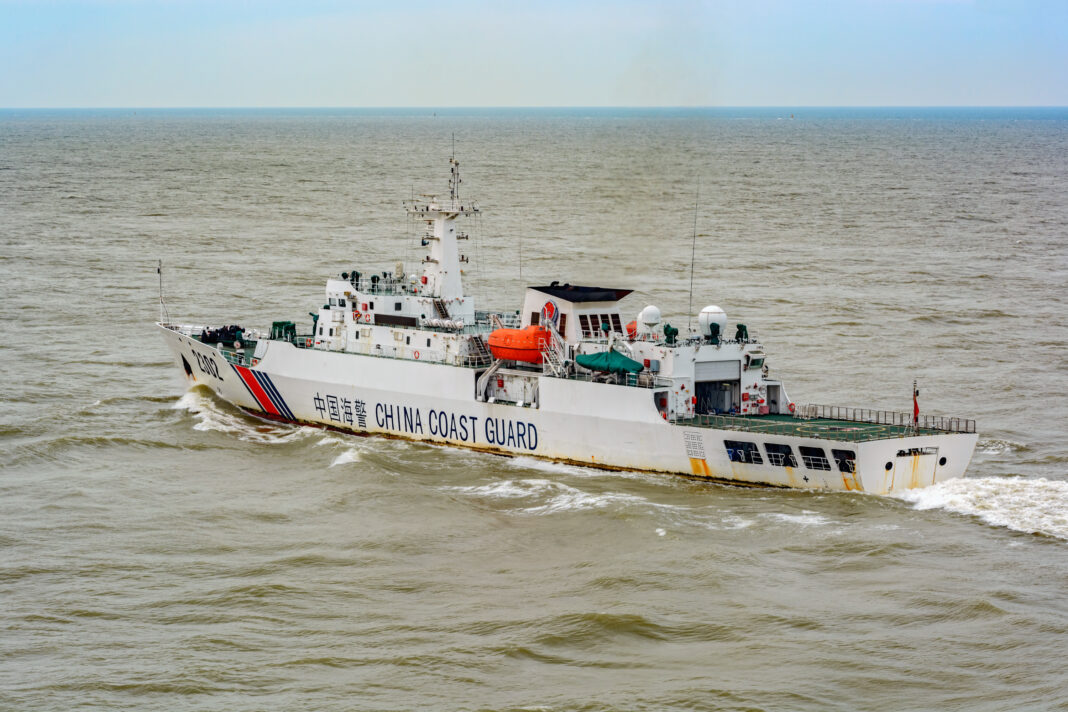by Maurizio Sacchi
The Philippines has claimed that China launched an attack on a convoy of Philippine civilian supply boats at Second Thomas Shoal in the Spratly Islands. According to a statement from the West Philippine National Task Force, one of the two boats carrying supplies was allegedly rammed by a Chinese coastguard vessel, which used water cannons to cause ‘serious damage’ to the boat’s engine. The Chinese coastguard denied the allegations, accusing the Philippine vessel of ‘deliberately colliding’ with the Chinese vessel after ‘ignoring our repeated warnings’. In another instance of maritime tension between Manila and Beijing, a convoy of civilian boats attempting to deliver Christmas gifts and supplies to Filipino fishermen and troops in the South China Sea changed course due to ‘constant pursuit’ by Chinese vessels.
Tensions eased after the collision at Second Thomas Shoal, allowing Manila to successfully resupply the outpost. The outpost, which was deliberately grounded on the reef in 1999 aboard the decrepit World War II-era ship Sierra Madre, has been maintained by a small contingent of Filipino marines for nearly three decades. In 2016, an international court rejected China’s claim to 90% of the South China Sea. Despite the ruling, Beijing has steadfastly refused to recognise it and has continued to build bases in the disputed waters in recent years.
During the six years of former President Rodrigo Duterte’s administration, when diplomatic relations between Beijing and Manila were cordial, the Chinese coastguard allowed the continued delivery of supplies to the Sierra Madre. However, following the election of President Ferdinand Marcos Jr last year, there has been a shift in Philippine foreign policy. President Marcos has distanced himself from Duterte’s rapprochement with Beijing, revitalised the alliance with the US and objected to China’s incursions into Manila’s 200-nautical mile exclusive economic zone.
Meanwhile, Ayungen Shoal is witnessing the deterioration of the Sierra Madre. The question arises: What lies ahead? Beijing could intervene and try to assert control over the reef, mirroring its actions elsewhere in the South China Sea. In October, US President Joe Biden issued a warning, reaffirming the US commitment to defend the Philippines in the event of an attack. Notably, the Philippines had conducted joint naval exercises with Australia and the US in the disputed waters shortly before the latest incident.
What drives Beijing’s determination to establish control over the South China Sea? China is contesting American influence in the chain of peninsulas and islands stretching from Borneo through Taiwan to southern Japan. The aim is to prevent the United States from deploying forces near the islands, which it regards as an integral part of its territory – a position recognised by all nations with official relations with China. If China achieves its goal, US and allied forces would be compelled to operate from more distant bases, a challenge posed by the limited range of fifth-generation fighters such as the F-22/A Raptor and F-35 Lightning II Joint Strike Fighter.
To learn more, read our China conflict factsheet
On the cover photo, Chinese Coast Guard (CCG) 3000T-class offshore patrol vessel No. 2302 ©Igor Grochev/Shutterstock.com
























